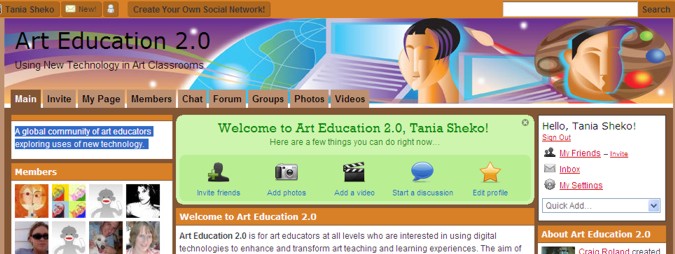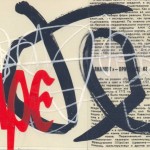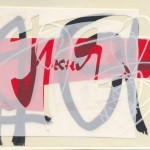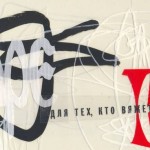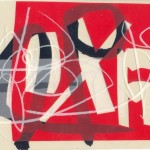
Babelswarm is Australia’s first Second Life arts residency. Recognition of 3D Multi-user Virtual Environments (MUVEs) as a medium for serious art work comes in the form of a grant of AUD 20,000 from the Australian Council, the biggest grant to be awarded for Second Life work. Here’s what the creators of Babelswarm have to say:
‘We will collaborate to develop an inter-disciplinary artwork in Second Life, which converges possibilities of literary, music/sound art and real-time 3D arts practices within the virtual world. There will be a simultaneous installation in Second Life and in a real world gallery, where gallery visitors can be directly involved in its creation via a voice-driven interface”.
It sounds amazing. If you want to go there, you can teleport in.
Here’s what Radio National had to say.
Have a look at the Babelswarm Flickr group.
Desktop magazine asked creator, Chris Dodds of Icon Inc, about his second life and creating virtual art in a virtual world. Dodds answered, “The grant recognises virtual worlds as legitimate environments for artists to work and create in and, while some artistic institutions already have a presence SL and a few have offered residencies, the $20,000 Australia Council initiative is the biggest of its kind.”
“This work, called Babelswarm, will consist of a real-world gallery installation and SL-based interactive sculpture. Participants from both the real world and SL can speak to the artwork and have their words translated into virtual three-dimensional letterforms. These letters then tumble from SL’s sky via a complex set of scripting and voice recognition software. The more words, the higher the tower becomes. The work is to be viewed in a gallery via a wall-sized screen, and in SL by proxy of an avatar. Both real-world and SL-based participants can interact with the work and communicate to each other through the artwork, and the work investigates real and virtual entanglement, language and interaction.”
The work will be launched as part of another Second Life project that Dodds is working on – the Australian Centre of Virtual Art (ACVA). Through this platform he’ll run galleries, host events and develop a permanent archive of virtual art.
Here’s something that Dodds said that made me sit up and listen, “Icon is interested in virtual worlds as the next social and business interface, and we’re formulating a number of ideas. Virtual environments are the next logical progression for mass interaction and collaboration and we’ll be there to enjoy, and hopefully influence, the ride.” For those of us who think that Second Life and other virtual worlds are just games, we should think twice.
“The next decade will see MUVEs having a profound impact on business practices, governance, law, economics, personal relationships, security, anonymity and our overall sense of self and place,” says Dodds.
That’s something to be reckoned with.
I showed my 18 year old son this article. He said, ‘I don’t like it; truth can be controlled in a virtual world’.
Any thoughts?

